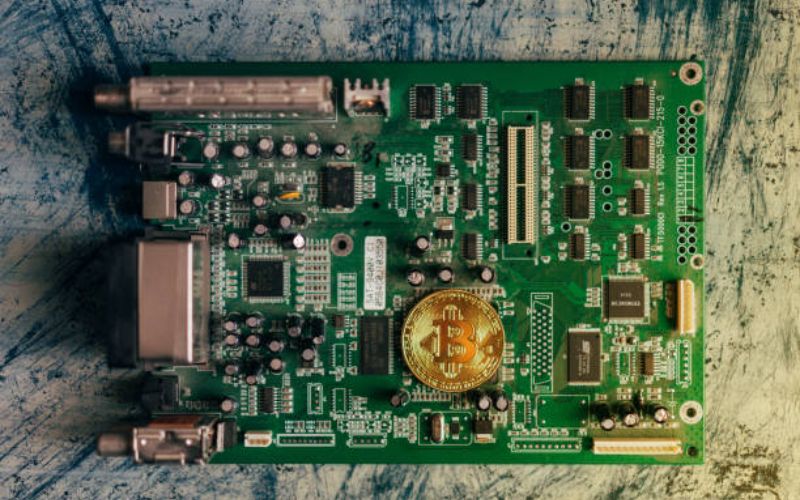Introduction
Heat sinks are an integral part of electronic devices that help dissipate heat and prevent them from overheating. In this article, we will dive deep into understanding how heat sinks work and their importance in various electronic devices.
The Mechanism
Heat sinks are made of materials with high thermal conductivity, such as aluminum or copper. They are attached to the device that generates heat, such as a computer's CPU, through thermal interface materials like thermal paste or pads. When the device is running, it generates heat, which is transferred to the heat sink via the thermal interface material. The heat sink then spreads the heat to its fins or pins, which increases the surface area in contact with the air.
The Principle of Convection
The heat conducted to the heat sink's fins or pins is then dissipated to the surrounding air, mostly through the principle of convection. Convection is the transfer of heat by the movement of fluids or gases. The heat sink's large surface area helps increase heat transfer to the air, which moves over the fins or pins. This movement of air increases the convective heat transfer coefficient, which increases the heat dissipation rate.
Fan-Assisted Heat Sinks
Heat sinks can also be accompanied by a fan to increase the rate of heat dissipation through forced convection. Forced convection is when an external medium, such as a fan, is used to increase the velocity of the air over the heat sink. This increased velocity increases the convective heat transfer coefficient, making it possible to dissipate more heat in lesser time.
Liquid-Cooled Heat Sinks
In high-performance electronic devices, even fan-assisted heat sinks may not be enough to control the temperature. Such devices may use liquid-cooled heat sinks, where a liquid, such as water or oil, is circulated through channels within the fins of a heat sink. The liquid absorbs the heat, which is then dissipated to the environment outside the heat sink.
Types of Heat Sinks
Heat sinks come in different shapes and sizes, depending on the device, and each type is designed to optimize heat dissipation for the specific application. Some common types of heat sinks are:
- Plate fin heat sinks
- Pin fin heat sinks
- Folded fin heat sinks
- Extruded heat sinks
Importance of Heat Sinks
Heat sinks play a crucial role in electronic devices by preventing them from overheating, which can cause damages and reduce their lifespan. They help maintain a stable temperature for a device, allowing it to run efficiently and preventing thermal throttling, where a device reduces its performance to prevent overheating.
Conclusion
Heat sinks are a vital component of electronic devices that help dissipate heat and prevent them from overheating. The mechanism of heat transfer through heat sinks involves convection, and different types of heat sinks are designed to optimize this process for specific applications. Heat sinks are crucial in maintaining the stability and efficiency of electronic devices.
Heat sinks, Mechanism, Convection, Fan-assisted, Liquid-cooled, Types, Importance
How do heat sinks work?? Understanding the Mechanism and Importance of Heat Sinks
Heat sinks prevent electronic devices from overheating, and their mechanism involves convection. Learn about different types of heat sinks and their importance in electronic devices.
How do heat sinks transfer heat?, Different types of heat sinks, Importance of heat dissipation in devices.
Quote Inquiry
Contact us!

